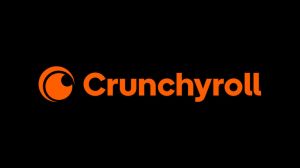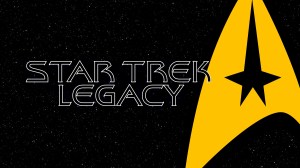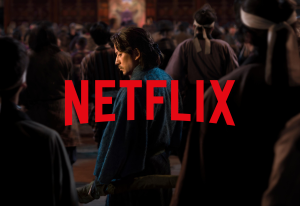Since Hazbin Hotel premiered, one character in particular has captured the fandom’s imagination, leaving us wanting to know more about the mystery and motives surrounding his motives in Hell. From the moment Alastor, the Radio Demon, graced our screens, fans have theorized about his past as both a human and a demon, his unsettling charm, and the powers that make him stand out from not only the other Overlords, but all other sinners in Hell. He’s a character shrouded in mystery, but with the game-changing reveals in the most recent episode of Season 2—“It’s a Deal”—some of those theories and years of hypothesizing about Alastor’s past and current situation have been answered.
Videos by ComicBook.com
As a dedicated fan myself, I often find myself spiraling down rabbit holes and latching on to small details that may hint at something larger. “It’s a Deal” was an episode I found myself watching multiple times, pausing to examine every little morsel of potential hints and connections about Alastor. Among many other theories, I’m convinced I’ve unearthed a fascinating parallel: the strong visual hints suggesting Alastor’s inspiration might come from a frankly terrifying Disney villain, Dr. Facilier from The Princess and the Frog. Once the evidence is laid out, the connection is remarkably convincing.
Alastor and Facilier Share an Unmistakable Magical and Cultural Heritage
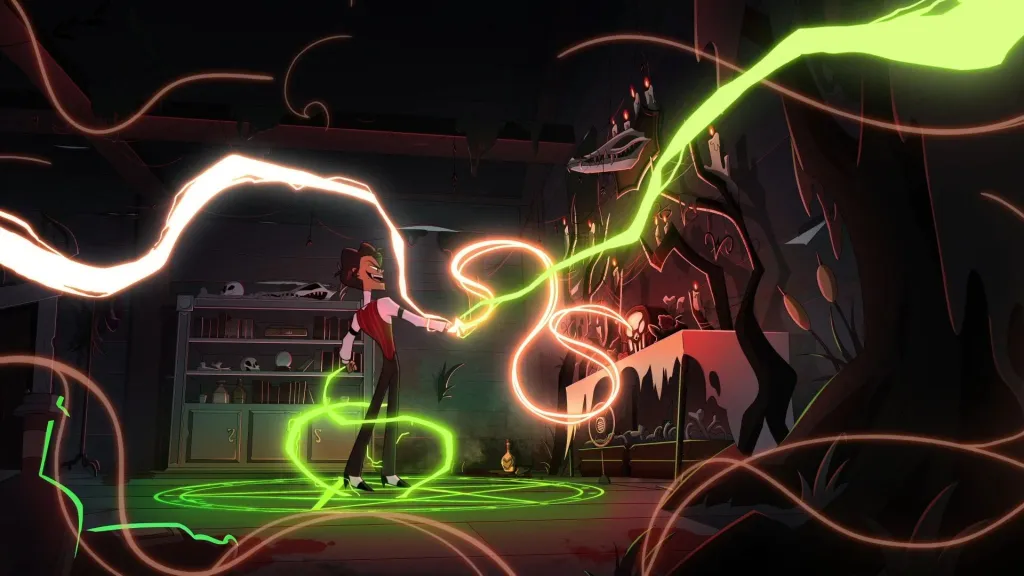
This theory originally came to mind during one of my many deep dives into Alastor’s powers, specifically the signature green, otherworldly symbols that characterize his specific brand of magic in Hell. In Season 2, Episode 4 of Hazbin Hotel, we finally get answers about Alastor’s human life, his dual lives as a charismatic radio host/entertainer and serial killer, and most importantly, a glimpse into his home and what happens behind closed doors. The first thing I noticed was that these same intricate symbols—which are very reminiscent of Voodoo iconography—are littered around his cabin, both inside and outside. As Alastor is a human at this point, these symbols are crafted with twigs and branches, but they are unmistakably the exact same glyphs we’ve seen connected to Alastor’s powers in Hell as the Radio Demon since the 2019 YouTube exclusive pilot of the series, years before it was picked up by Prime Video.
As soon as human Alastor strikes his deal with Rosie to become the most powerful sinner in hell upon his death, the symbols swirl around him magically (presumably thanks to Rosie). They are no longer Alastor’s handcrafted pieces, but the familiar magic Alastor is known for in death. They practically hum with a strange, ancient energy—a visual representation of his connection to something beyond human comprehension. The consistent appearance of these symbols, both handmade and magical, combined with the confirmation that Alastor is of mixed Creole heritage and hails from the heart of 1930s New Orleans, immediately triggered a memory of another charismatic, deal-making New Orleans Voodoo magic man: Dr. Facilier.
A re-watch of Disney’s The Princess and the Frog’s iconic “Friends on the Other Side” musical number, where Dr. Facilier convinces Prince Naveen to trust him and his magic that was granted to him by otherworldly forces, confirmed my suspicion. Not only does Facilier’s mischievous shadow exhibit the same unsettling autonomy as an almost separate entity from its human in the same way that Alastor’s ever-present silhouette does, but Facilier’s magic is also intrinsically linked to glowing green Voodoo symbols. These symbols manifest as he summons his “friends on the other side,” swirling with dark power and echoing the exact aesthetic we see surrounding Alastor throughout the series, but especially in “It’s a Deal.”
The striking similarity in these magical manifestations—the vibrant green glow, the strikingly similar comparisons to Voodoo iconography, and the independent actions of both Alastor’s and Facilier’s shadows—is simply too specific to be a mere coincidence. Both characters have deep roots in Voodoo tradition and can communicate with non-human entities, leveraging these connections for self-serving power. They embody the archetypal Voodoo definition of the charlatan—a con artist/trickster offering deals that come with a steep and unforeseen price.
Their Existential Predicaments and a Voice Actor Connection Further the Proof
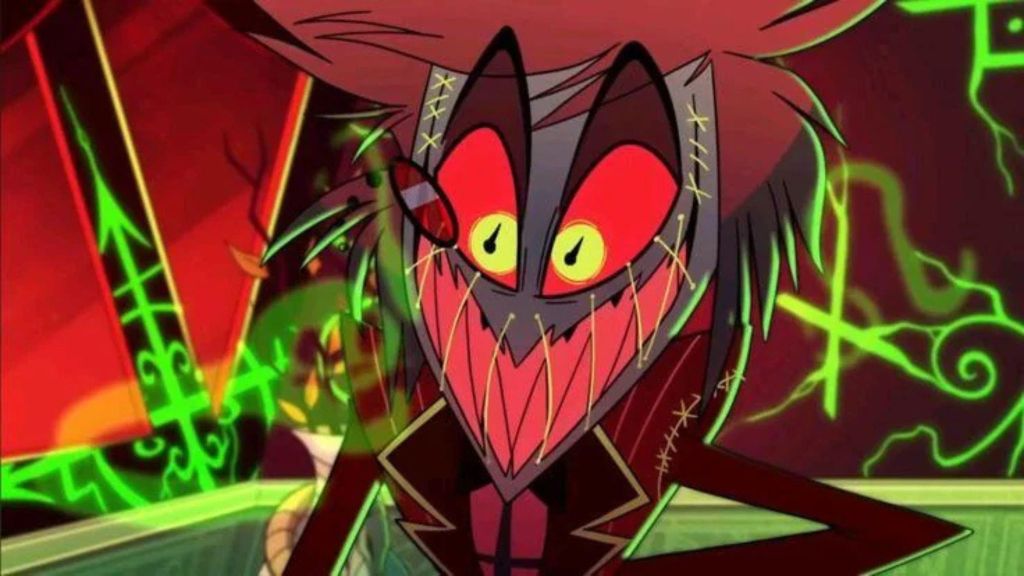
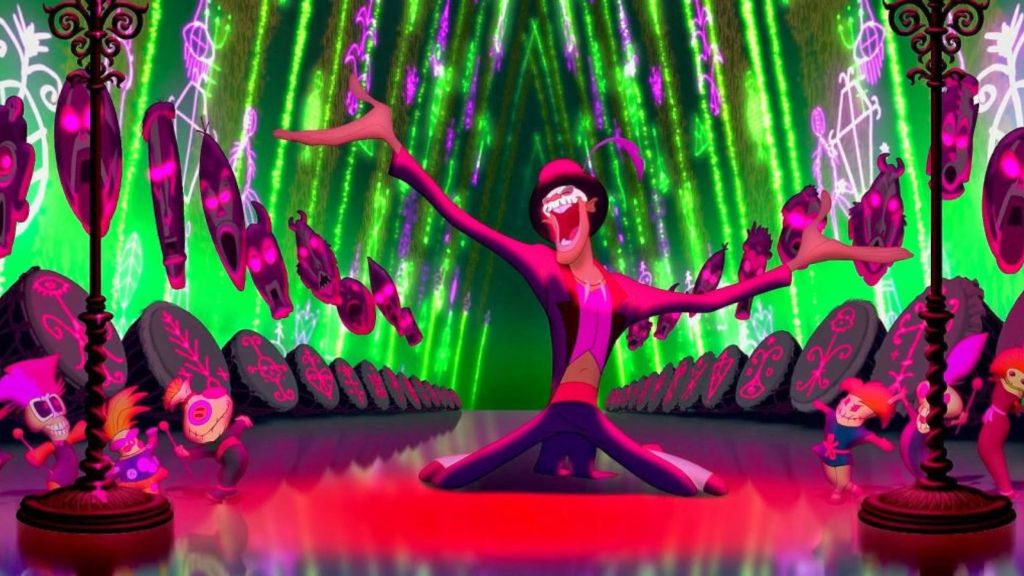
Beyond the visual and cultural parallels, Alastor and Dr. Facilier share a more existential similarity: their impressive powers come at the cost of their own agency. Though both act as though they are in control of their own powers/destiny, Facilier is indebted to his “friends on the other side” who presumably own his soul, just as Alastor—while the most powerful sinner and possibly Overlord in Hell—has no free will, as Rosie owns his soul until their unknown deal is fulfilled.
Despite their abilities and capacity to manipulate, harm, or sometimes protect those around them, both characters are ultimately bound by the deals and pacts they’ve made with their respective “owners.” This shared predicament—having all the power they ever desired, but lacking ultimate freedom because of their own selfish deals—adds another layer of evidence to the connection between the two. Both characters are masters of manipulation, yet they themselves are instruments of a greater force. Their shadows, more than just extensions of themselves, act as physical manifestations of these binding agreements, almost like independent agents reminding them of the terms and conditions of their pacts.

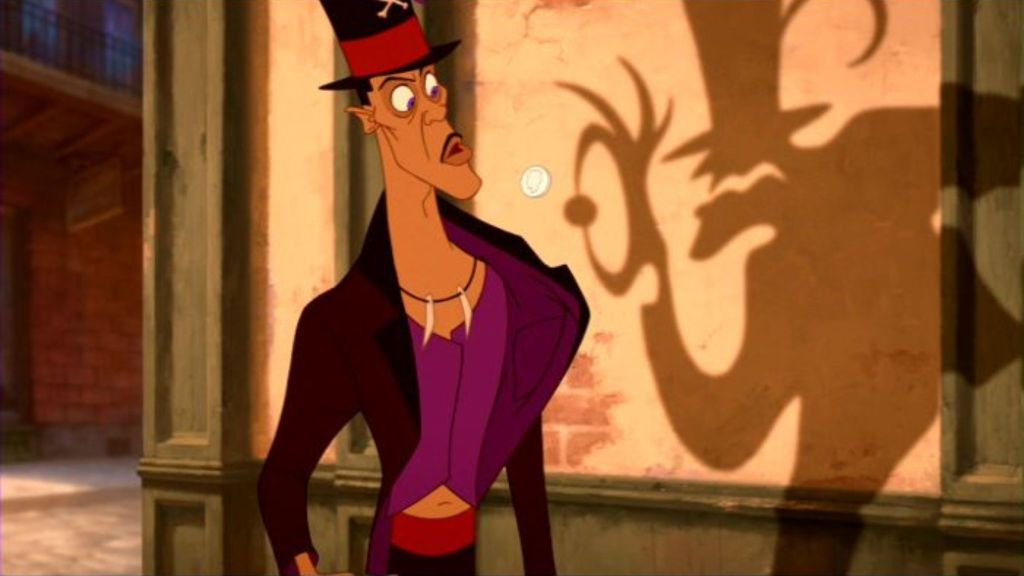
The final piece of evidence that serves as the cherry on top of this theory is a delightful twist of fate: the voice actor for Husk in Hazbin Hotel, Keith David, also lent his incredible vocal talent to Dr. Facilier. While more of an Easter egg and not direct proof of inspiration, this casting choice feels like a knowing wink from creator Vivienne Medrano and a subtle nod to the connection.
In fact, Medrano has openly acknowledged Disney’s influence on her work on multiple occasions. Most recently, at the Hazbin Hotel cast panel at New York Comic Con, she explicitly stated that the song “Gravity” and its themes of religious retribution and fury were inspired by Disney’s “Hellfire” from The Hunchback of Notre Dame. Given her clear love for Disney animation and her admitted inspiration from some of the darker elements, it’s not a stretch to imagine that she drew inspiration from a villain like Dr. Facilier, who not only is set in the same time period and location as Alastor’s human life, but embodies so many thematic and aesthetic parallels with a character as complex as Alastor. Their Creole origins, their green-tinged Voodoo magic, their independently acting shadows, their shared lack of ultimate freedom due to otherworldly pacts, and even the voice actor connection paint an extremely compelling picture that Dr. Facilier undeniably inspired everyone’s favorite Radio Demon, Alastor.
What do you think? Leave a comment below and join the conversation now in the ComicBook Forum!


